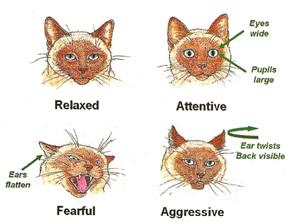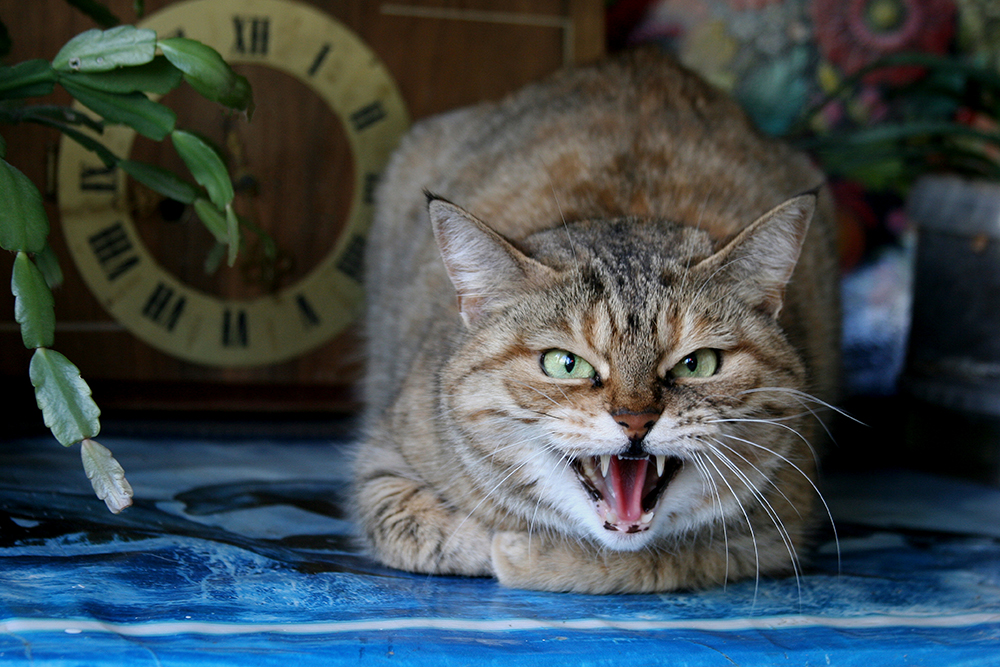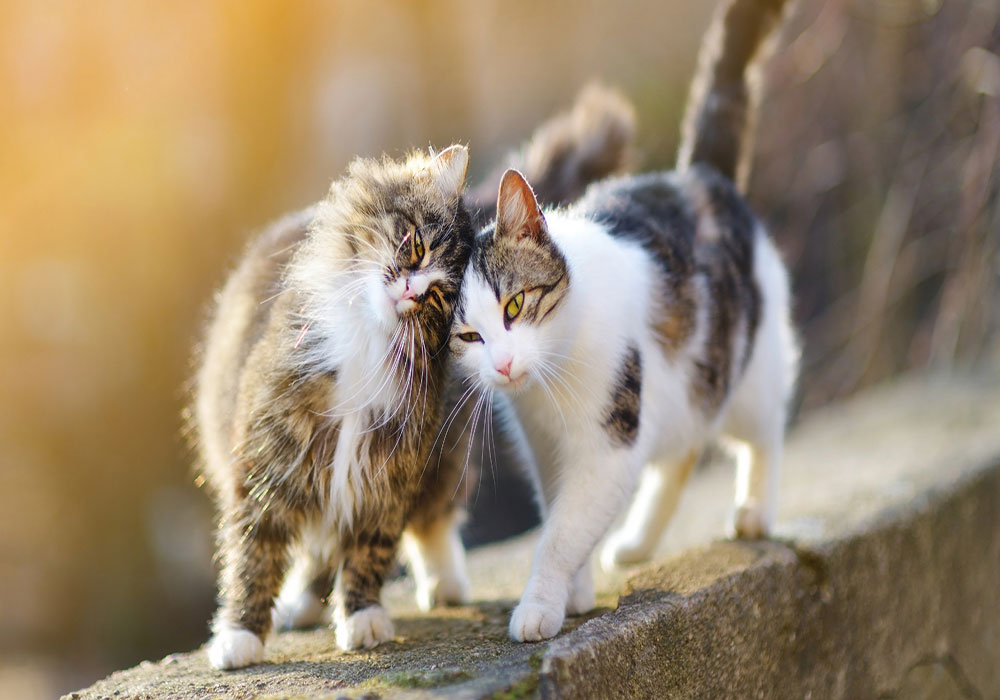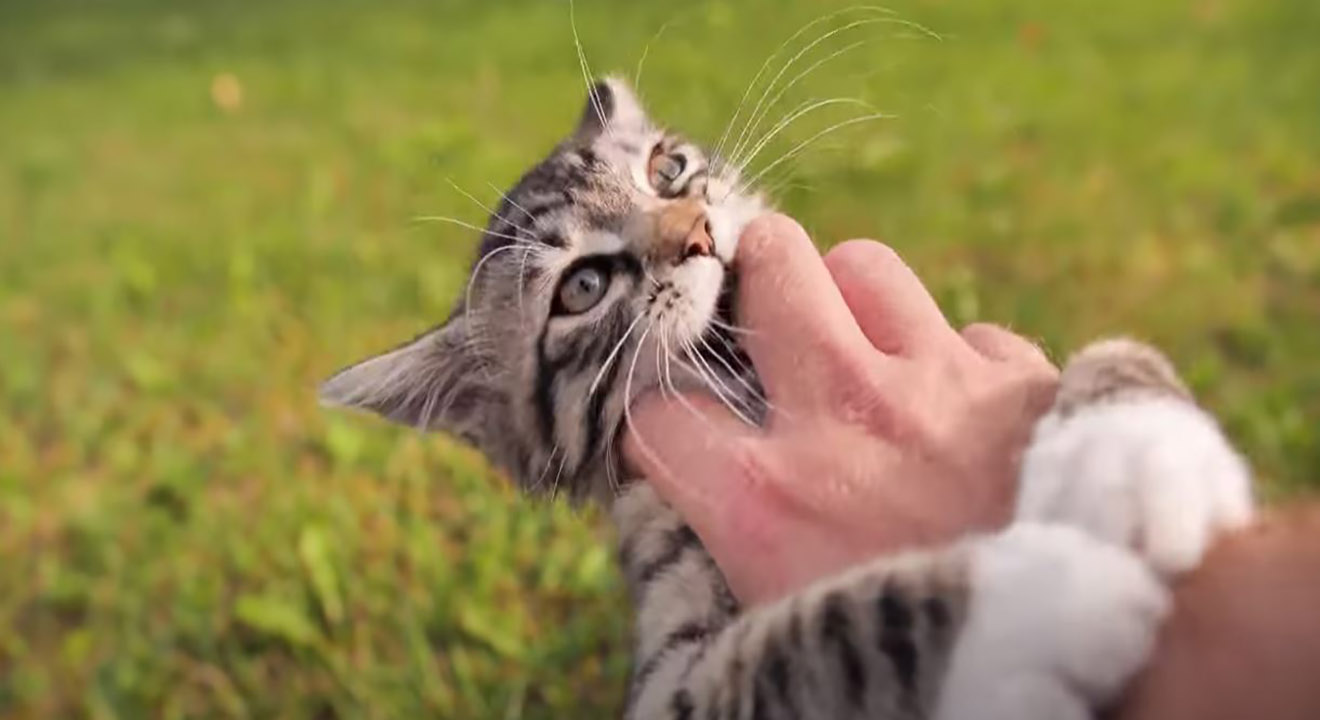Helping Cats with Aggressive Behaviour
Sometimes, cats in our care show signs of aggression — but with the right environment and understanding, these behaviours can often improve or even disappear. If you’re considering adopting a cat with behavioural challenges, this guide is for you.
Why Might a Cat Be Aggressive?

Cats are not naturally aggressive animals. However, some may act out due to fear, stress, past trauma, or medical issues. In a shelter or foster environment, unfamiliar smells, sounds, or other animals can be overwhelming. With time, stability, and love, most cats begin to relax and trust again.
Why Might a Cat Be Aggressive?
Cats are usually affectionate companions, but sometimes they can show signs of aggression. If your cat is acting out, there’s often a reason behind the behavior—and understanding it is the first step toward helping them feel safe and calm again. Aggression in cats towards humans is rare, but it can happen. It’s important to remember that aggression is usually a sign of stress, fear, pain, or confusion—not “bad behavior.” Knowing the signs and causes can help you respond with care and patience.
Types of Cat Aggression
Understanding the type of aggression your cat is showing can help you identify the cause:
Defensive or Fear Aggression:
This happens when a cat feels threatened and can’t escape. If running away doesn’t work—or didn’t work in the past—they may lash out instead.
Play and Petting Aggression
Cats prefer short, frequent interactions. Over-petting or playing too roughly can overwhelm some cats and trigger aggressive responses.
Territorial Aggression
Often occurs between cats, especially when one enters the territory of another. Outdoor cats may show this when they feel their space is invaded.
Pain-Induced Aggression
A cat in pain has a lower tolerance for touch or interaction. Even gentle handling can trigger a defensive response if they’re hurting.

Common Causes of Aggression
Cats may be more likely to show aggression if they are:
Kept indoors without stimulation or space to express natural hunting behavior
Young and full of excess energy
Misunderstood by their owners during interactions
Not neutered or spayed
What you can do
If your cat shows signs of aggression:
Visit Your Vet First
Aggression can be caused by underlying health issues. Always rule out pain or illness with a vet check.
Consult a Qualified Behaviourist
If your cat is healthy, a certified feline behaviourist can help you understand and manage your cat’s behavior with tailored strategies.
Look at the Home Environment
Does your cat have enough stimulation, playtime, and safe spaces to retreat? Small changes like adding toys, perches, or scratching posts can make a big difference.
A Safe, Happy Cat Is a Friendly Cat
Aggression isn’t something to punish—it’s something to understand. With the right support, most cats can become calmer, happier, and more comfortable in their environment. At helpacat.mt , we’re here to help you every step of the way, whether you’re feeding, adopting, or simply learning how to give cats the best life possible.











